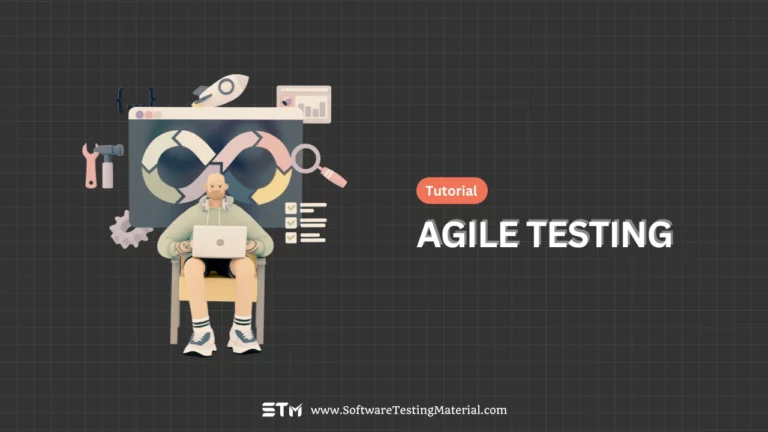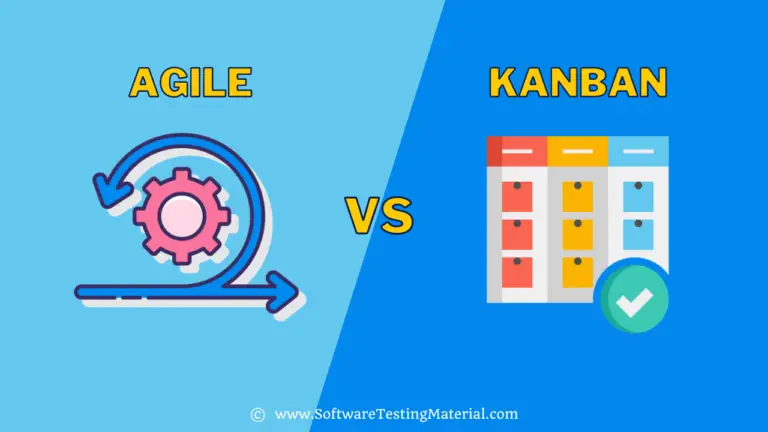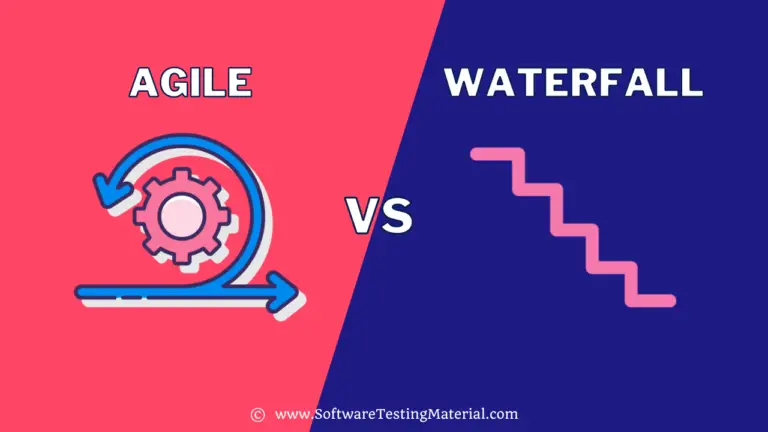Agile Vs. Scrum: Everything You Need To Know

In the previous article, we learned the difference between Agile and DevOps, and in today’s article, we are going to learn the difference between Agile vs Scrum and also the following
What is the difference between Scrum vs Agile? Are they the same? Or they are different in many ways?
As much as it sounds similar, so much does it lead to confusion.
Well, in a nutshell, Agile and Scrum are different because of several reasons, to know them all, read on.
What is Agile?
Agile is an incremental and iterative approach to project management and software development that aims to deliver a software product as quickly and efficiently as possible with fewer headaches.
Must Read: Agile Principles
What is Scrum?
Scrum is the most popular agile method, and that is why it is often confused with agile.
Scrum acts as an incremental and iterative approach to project management and software development. It aims to deliver a software product as quickly and efficiently as possible with fewer headaches. It describes a set of meetings, tools, and roles to help teams manage their work effectively.
Scrum is based on 3 pillars known as Transparency, Inspection, and Adaptation.
What is the difference between Agile & Scrum?
| Parameter | Scrum | Agile |
|---|---|---|
| Definition | When in Scrum, the team members are encouraged to check the operability with communication as the key. Meetings are scheduled in Scrum, which is also known as Events. So in lay man’s term, we can say that members need to focus on what is working and what is not through meetings and plannings. | Agile is a superset, within which comes various other project management methodologies with additional differences between them. However, agile is a term used to describe a project management methodology. The core objective of Agile is to break down large complex projects into smaller yet manageable chunks of tasks. |
| Principles/ Events | The events that we mentioned above are as follows: • Scrum meetings • Sprint Planning Meetings • Sprint Retrospective | • Principles within agile differ from one methodology to another, which will be practically put to use to handle the project. • The key point to note here is, in agile, keeping communication as the key, allows Iterative Development. |
| Usage/ Board | The work done by the team is calculated in a short interval of time called sprints. | In agile, support for visually checking the work in progress is not available. |
| Owners | The scrum board is typically owned by one Scrum team. The scrum board is run by a person who is also a leader named ‘Scrum Master’. There is one more peculiarity of a scrum team. A scrum team is a cross-functional group of people with a background of required skillsets in order to complete all the tasks in the sprint. | When talking about agile, since it is a superset, depending upon the type of project management methodology, the position of the owner occurs. |
| Due Dates / Delivery Timelines | In Scrum, as read earlier, task deliverables are majorly determined by sprints. Also known as a set period of time when a set of work must be completed and be ready for review. The measure of production in Scrum is by using the concept of velocity through sprints. | For Agile, the team works towards the delivery of the working system anywhere between 15 days to one month. So the main purpose is to limit the timescale. |
| Delegation & Prioritization | Scrum uses a “pull system”. In this method, a complete batch is pulled for each iteration i.e ‘sprint’. | Since it is Agile, there is a systematic workflow that is followed. This allows the team to select and work on the new tasks once the previous tasks are completed. Delegation and Prioritization further depend on the type of methodologies that are used ti implement Agile. |
| Modifications / Changes | While dealing with Scrum, any changes or modifications are strongly discouraged when within the sprint. | Considered as one of the top advantages of using agile is that it’s easy to accommodate and accept changes at any time during the project. With shorter planning cycles, the team always has an opportunity to refine and reprioritize the backlog. Additionally, it helps the teams to introduce changes to the project within a short span of time. |
| Best Applications | Scrum acts best for the teams which possess comparatively stable priorities plus those which does not change much with time. Due to this ability, it is much easier to adapt to constant changes. Also, the short sprints and regular feedback helps a lot in overall delivery. | Agile acts as a beneficial strategy for projects where the final goal is not set. Considering the progress of the project, the development can follow and adapt to the same. This again happens as per the requirements of the product owner. |
| Pros | A few of the pros of using scrum are listed as follows, • Even if a team member leaves the team in between, the project plan won’t be much disturbed. • Using Scrum firms can effectively save time and money. | A few of the pros of using Agile are listed as follows, • In shorter planning cycles accommodating changes during any time of the project, is not difficult. • Since the teams regularly communicate with each other, people are able to take responsibility and own parts of the projects. • Having constructive feedback from users and team members provides useful lessons and enhances future iterations in all terms. |
| Cons | In day to day work life, attending daily meetings sometimes may appear frustrating to the team members. | In agile, meetings like sprint planning can take up the teams’ time. |
Related posts:
- Agile Vs. DevOps: Everything You Need To Know
- Agile Scrum Methodology In Software Development
- Top 30 Agile Testing Interview Questions
- 8 DevOps Interview Questions Every Organization Needs to Answer To Effectively Implement DevOps






